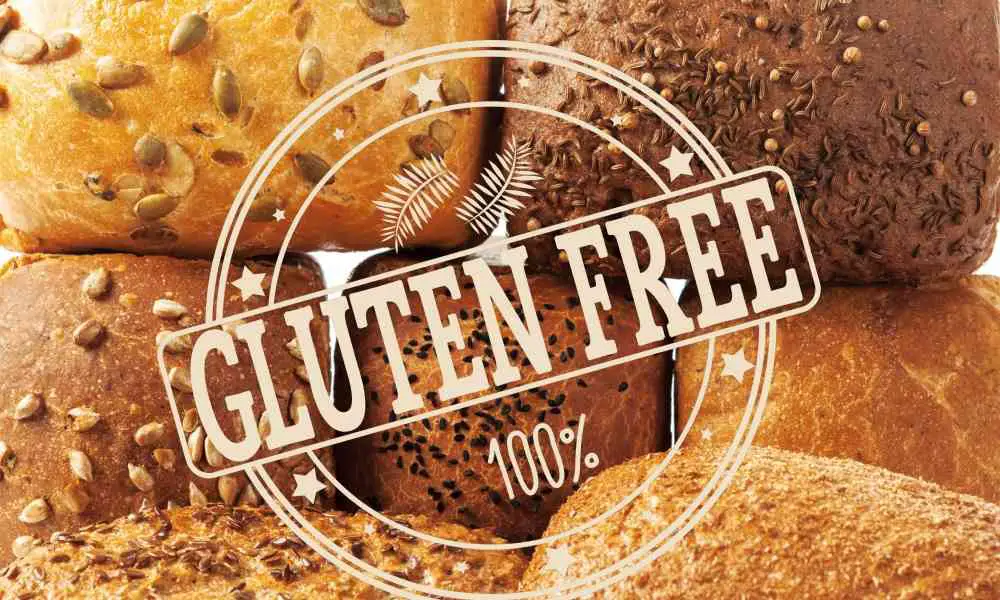The world of gluten-free food is huge and always growing. Though the idea of a gluten-free diet being commonplace has only increased in the last decade, people have been searching for and eating gluten-free meals for hundreds of years.
The difference now is that the world is more accepting of this change, and there are tons of commercialized products made specifically for gluten-free food enthusiasts. It’s time to learn about these new things!
One big product is bread, but does gluten-free bread have wheat in it? You may think that wheat-free and gluten-free are the same things, but this is not true. Let’s talk about the differences.
Gluten-Free Diets
Gluten is a protein that is often found in different grains. One of the most commonly used grains that gluten is in is wheat.
A gluten-free diet will be free from all food (wheat, processed foods, and otherwise) that contain gluten. A wheat-free diet, on the other hand, will not necessarily be gluten-free.

Gluten Sensitivity vs. Celiac Disease
When it comes to gluten-free diets, there are a few different reasons that people might need to follow one. Gluten sensitivity is when gluten causes negative reactions in your body, such as IBS (irritable bowel syndrome), constipation, stomach pain, gas, and diarrhea. You could even get rashes from eating gluten, but you do not have a true allergy to gluten. Since gluten causes immune system responses, these symptoms could take 36 hours to show up.
On the other hand, celiac disease is a term reserved for those with a true allergy to gluten. Eating or coming into contact with gluten will cause a complete reaction by your immune system. This reaction could include:
- Cramping
- Diarrhea
- Multiple days of bad digestion problems
- Vomiting
- Fatigue
- Weight loss
Whether you have gluten sensitivity or Celiac disease, you must be able to keep gluten out of your diet. Knowing the difference between gluten-free and wheat-free will help ensure that you eat the right diet.
Grains That Are Gluten-Free
Anyone dealing with these digestive conditions will need to know what grains they can replace wheat and other gluten-containing grains with. It can be hard to do this at first, but you’ll quickly become familiar with which grains are gluten-free:
- Buckwheat
- Jasmine rice
- Quinoa
- Brown rice
- Amaranth
- Wild Rice
- Nut Flours
- Teff
All of those grains are gluten-free, and you can safely eat them as long as they are prepared in a gluten-free way.

Beyond Grains
If you have a severe gluten sensitivity or allergy, you’ll need to pay attention to the sad fact that gluten is used in many different types of food, even when it isn’t obvious! Here are some examples of when gluten can be very hidden:
- Diners that use pancake batter to thicken eggs
- Apple juice with caramel coloring
- Processed meats such as sausage
- Soups (often contain flour as a thickener)
- Anything sweetened with malt or brown rice syrup
- Anything colored with standard caramel coloring
These are just a few examples. In reality, it’s easier to name gluten-free products than to do the reverse. Thankfully, food options for gluten allergies are continually expanding, so you do not have to prepare everything at home anymore.
Wheat-Free Diets
Now, let’s talk about wheat-free diets so that you can understand the difference between them and why this separate diet exists.
A wheat-free diet is a diet that is free from all wheat products, but it could still contain gluten. There are people (particularly in America) who are allergic or sensitive to wheat. These people can often still eat gluten-containing food products, and that’s why there is a separate product label for wheat-free products instead of everything being both wheat and gluten-free.
Grains That Are Wheat-Free
Anyone eating a wheat-free lifestyle will need to learn what grains they can replace traditional wheat with. These are some of the most commonly eaten wheat-free grains that still contain gluten:
- Oats
- Barley
- Spelt
- Kamut
- Millet
- Rye
In addition to all of those items, those with wheat sensitivities can still eat any of the gluten-free grains from the list above.
Gluten and Wheat-free
Now that you know more about these two terms, you may be able to answer your own question, “Does gluten-free bread have wheat?”
The answer is that no, gluten-free bread does not have wheat in it, but wheat-free bread may have gluten in it, so you must pay attention to more than just a superficial label when choosing your food if you suffer from one of these sensitivities.
It’s hard to keep track of all the different ingredients in bread and what they contain. For those with dietary restrictions, though, keeping track of this is very important in their lives, so it’s beneficial to learn more about the ingredients and their meaning.

